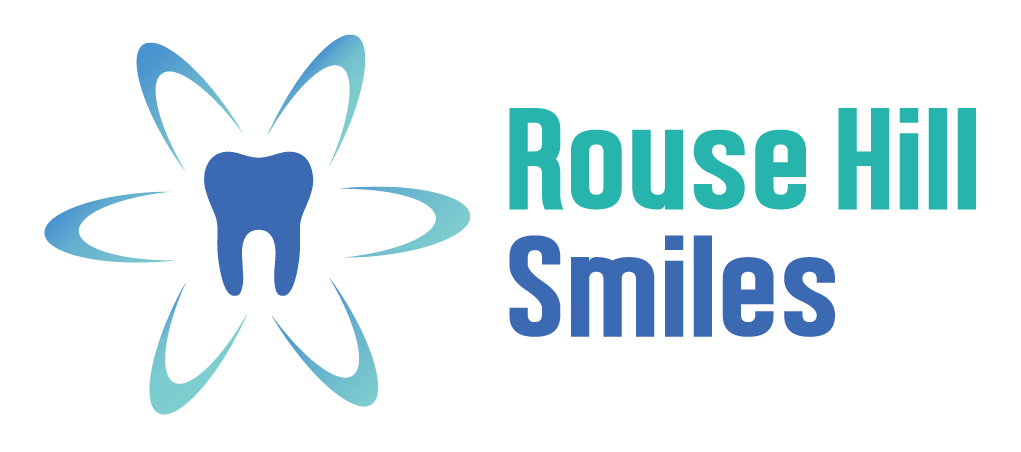Four Types of Teeth
Teeth are like street lamps at night: you don’t realise how valuable they are until they are gone. Teeth play a role in communication and food digestion, in addition to adding significantly to your picture-perfect grin.
A tooth (plural teeth) is a hard, calcified structure found in the mouth of many vertebrates used to break down food. Teeth not only help in chewing food for further digestion, but they also help in pronouncing words and improving your speech.
Today, we’ll look at the four types of teeth in your mouth. You probably had no idea you had different types of teeth!

Most adults have 32 permanent adult teeth, which are classified into four groups: incisors, canines, premolars, and molars.
Types of Teeth and What They Do
Teeth assist in chewing food, which makes it easier to digest. Each tooth is slightly distinct in shape and serves a particular purpose. It comes in a variety of shapes and sizes, such as the following:
1. Incisors
First comes the ‘Incisors’, narrow-edged teeth at the front of the mouth, these are the teeth that help you greet your friends and family, as well as appear in photographs. If you want a beautiful smile, floss and wash your incisors regularly.
There are eight incisor teeth located in the front part of your mouth. Four of them are in your upper jaw and four in your lower jaw. Incisors are shaped like small chisels and are used to take bites of your food. They are sharp and pointed, making them suitable to bite, chop, and cut your food. On average, incisors are 9.10 to 9.24 mm long.
2. Canines
The second type of teeth is canine (also known as cuspid, dog teeth, eye teeth or fangs). In adults, canines are found on both sides of the top and bottom incisors, with one on each side. Your canines are located just at the curve of your dental arch, on both sides of your jaw.
Canines are the strongest of the four types of teeth, and they can withstand a lot of pressure from chewing. Canines play a critical role in the overall health of your teeth. Their major role is cutting and tearing food. These are single-rooted and have a pointed cusp.
3. Premolars
Premolars are located just behind your canines. The main function of premolars is to assist the canines in regard to chewing and grinding food. Adults have four premolars, one on each side of their jaw. They are wide, uneven, and have an occlusal surface.
The premolars usually have two cusps and a single root. They have a flat top and are used to chew food. Colloquially, it is diamond-shaped with pits and trenches. When chewing, premolars specifically rip and grind food into tiny bits. Premolars help to maintain the height of your face, which is a fascinating fact. These are transitional teeth between canines and the molar teeth.
4. Molars
Lastly, the molars are located at the rear part of your mouth. They are your widest, flattest teeth, located after the premolars. There are a total of 12 molars — six in the upper and six in the lower jaw. The third molars, often known as wisdom teeth, are the molars at the back of both the lower and upper jaws that erupt last during young adulthood. Chewing, crushing, and grinding food are all done with the molars. Upper molars contain three roots, while lower molars have two.
There are only eight molars in the primary dentition – four in the upper jaw and four in the lower jaw – since some people do not develop third molars. They usually have four to five cusps, rectangular shaped with pits and fissures on them. The occlusal surface of the molar teeth is wide and even.
In order to improve communication and efficiency among dental specialists, a numbering system assigns each tooth a number. As a result, rather than referring to the “upper left canine,” they refer to it by a number.
The two-digit FDI Dental Numbering System is used in Australia. Canadians use the ISO/FDI system designed by the World Health Organization. Dentists in the United States follow the Universal System, while dentists in the United Kingdom use the Palmer Notation Method.
Keeping Your Teeth Healthy and Clean
You should brush your teeth at least twice a day and floss once a day before bedtime, according to dentists and dental hygienists. Brushing with fluoride toothpaste helps to build the enamel of your teeth while also removing plaque and stains. Taking care of your teeth is a great way to improve your oral health.
Rouse Hill Smiles Dental Care aims to provide you with the best dental solutions possible. We offer a variety of services at reasonable prices, including emergency dental care. Visit our website for more information on our numerous services, or come in for a consultation because we feel you deserve a healthier, more confident smile.
Our Principal Dentist
Dr. Teena and the Rouse Hill Smiles team are dedicated to providing patients of all ages with the highest quality of care.

Dr. Teena Bali
Dentist
Quick Contacts
- Rouse Hill Plaza G07-G08, 2-4 Aberdour Avenue Rouse Hill, NSW 2155
- enquiries@rousehillsmilesdentalcare.com.au
- (02) 8320 0548







